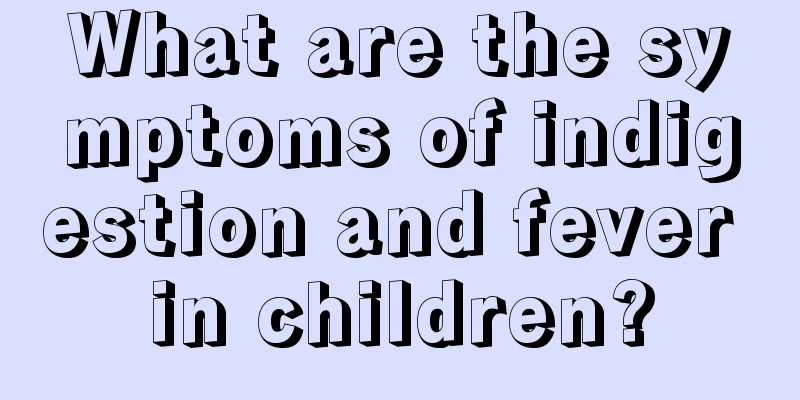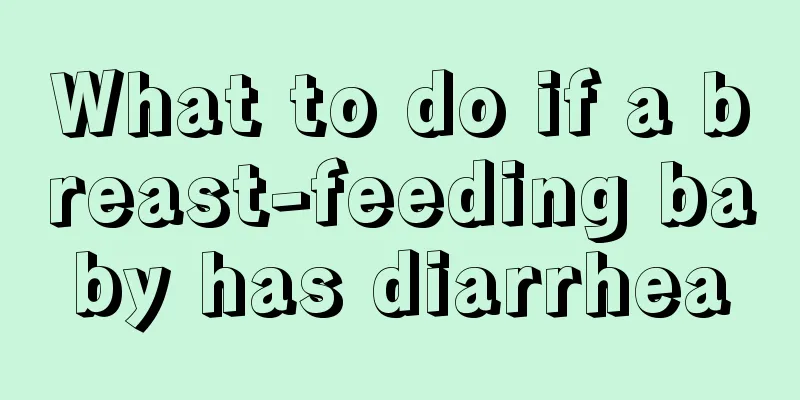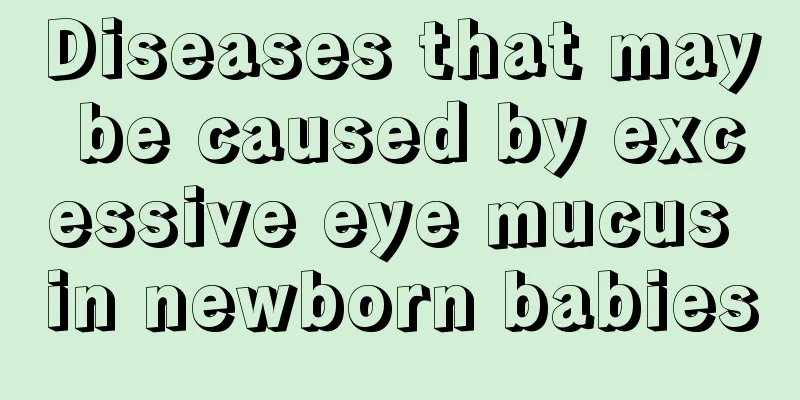What are the symptoms of indigestion and fever in children?

|
As we all know, children are the flowers of the motherland. Many parents are very concerned about their children's physical condition. It is normal for children to have a fever. Generally, it is because of not paying attention to diet, bad eating habits, or eating too much. Such problems may occur. So in the face of this phenomenon, we need to pay more attention to the children. So what are the symptoms of children's indigestion and fever? The initial symptoms of a child's fever are red face, hot forehead, cold hands and feet, and poor spirits. In addition, there are symptoms of various systems, such as runny nose, sore throat, and cough in respiratory tract infections, abdominal pain, vomiting, and diarrhea in gastroenteritis, and frequent urination, painful urination, and low back pain in urinary tract infections. The accompanying symptoms of various systems in infants are atypical, and may only include anorexia, vomiting, and diarrhea. There are many diseases that cause fever. Parents should pay attention to the pattern of their children's fever and accompanying symptoms, and go to the hospital for examination in time and receive early treatment. The normal body temperature of the human body is 36-37℃, 37-38℃ is a low fever, 38-39℃ is a moderate fever, above 39℃ is a high fever, and above 40℃ is an extremely high fever. Director Li suggested that young mothers should not panic when they find their children have a fever, but can take some emergency measures at home to relieve the symptoms. Every family should have a thermometer and antipyretics for emergency use. Children with fever should have their temperature measured every 1-2 hours. It is not advisable to use antipyretics when the child's temperature is below 38.5℃; when the temperature exceeds 38.5℃, physical therapy such as cooling patches or ice compresses can be used to reduce the temperature, or children's cooling tablets can be taken in appropriate amounts; when the temperature exceeds 39℃, the child should stay in bed, open the quilt or loosen the clothes to expose the skin, place an ice pack or a cold wet towel on the head, and go to the hospital for diagnosis and treatment as soon as possible; in the event of high fever convulsions, the child will have staring or upward eyes, loss of consciousness, unresponsiveness to calls, cyanosis of the lips, face and body, and convulsions of the limbs. Parents should immediately press the child's "Ren Zhong" acupoint (at the midpoint of the nasolabial groove), with strong stimulation continuing for 1-3 minutes until the child cries, and then use the above method to quickly reduce the temperature, and also go to the hospital for diagnosis and treatment immediately. Babies under six months old generally do not receive antipyretic injections or take antipyretic medicine when they have a high fever. The best way to reduce the temperature is a warm water sponge bath. Regardless of whether the fever subsides after emergency treatment, the child should be taken to the hospital for treatment. Post-diagnosis precautions After visiting the hospital, when you return home, there are some simple things the mother can do to make her child feel more comfortable. Drink more water. Drinking water helps to sweat and dissipate heat, lower body temperature and replenish the water lost by the child's body. Drinking water is not limited to plain water. You can let your child drink some of his or her favorite fruit juice, beverages, etc. to replenish water and vitamins, or drink more soup. When your child is sick and has no appetite, you can let him/her eat some cake, tofu, etc. Pay attention to keeping warm. Insulation does not mean the warmer the better. When your child has a fever, remember not to let him dress in too many clothes or cover him with too thick a quilt. This traditional method of "covering up sweat" is not conducive to dissipating heat and reducing fever. Just let the child wear one more piece of clothing than the normal adult. For example, when the adult wears short sleeves, the child can wear long sleeves. When the adult wears one long skirt, the child can wear two. Take a warm shower. Some mothers worry that giving their children a cold shower while they have a fever will aggravate the symptoms. After having a fever, you sweat a lot. If you don’t keep clean, it is easy to cause infection by other bacteria, so taking a shower is necessary, but you must use warm water, and the water temperature is best at 38-39℃. Wiping or bathing your child's entire body with warm water can dilate the blood vessels in his or her skin and increase heat dissipation. After taking a shower, wrap your child in a large towel to prevent him from catching a cold. Through the above, we have learned what we need to pay attention to when a child has a fever. In fact, it is very common for children to have a fever. It is usually because they did not pay attention to keeping warm, caught a cold, or ate too much that was not easy to digest, all of which may cause children to have a fever. It is recommended that parents can let children with fever eat more soft food, drink more boiled water, and avoid cold. |
<<: Why is my one-year-old baby losing his hair?
>>: What can children eat to cure runny nose quickly?
Recommend
Is garlic effective in treating children's cough?
Garlic plays many roles in our lives. Not only do...
Why do babies have blue eye bags?
For children, if they have blue eye bags, parents...
Should children use pillows?
Generally, adults must use pillows when they slee...
Children's diet and health issues
There are many things that children need to pay a...
What should I do if my baby has a runny nose for a month?
The baby's every move affects the mother'...
Hand, foot and mouth disease treatment and care
Hand, foot and mouth disease is a very serious di...
What to do if your child is allergic to high protein
Because everyone has different physiques, their b...
Lumbar disc herniation and leg pain in children
Lumbar disc herniation is a very common disease t...
What is the cause of cerebral palsy in children?
Cerebral palsy is a relatively common disease wit...
What to do if your 3-year-old baby stutters
When the baby is just starting to learn to speak,...
Baby's cough after oral herpes
If a child develops cough after getting oral herp...
Why does a three-month-old baby have green stools?
Newborn babies are the apple of the family's ...
What to do if your child wets during the day
Bedwetting after a certain age is called enuresis...
Why does the child cry in the middle of the night?
Children under one year old are prone to crying i...
What should I pay attention to when my baby changes his teeth?
Teething is a must for all newborns. The permanen...









